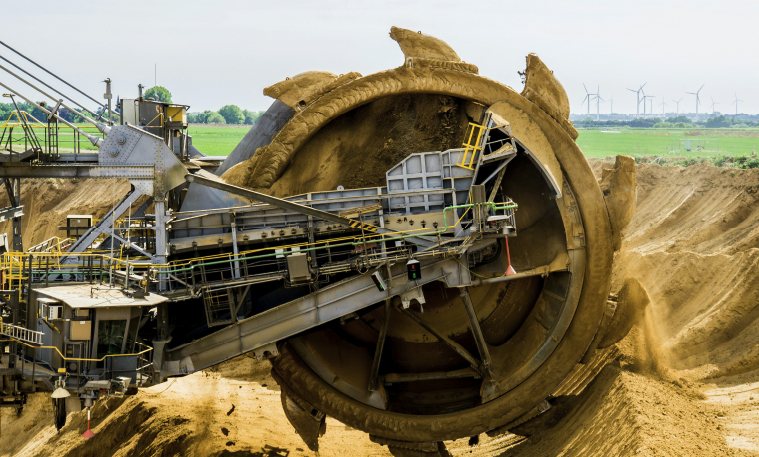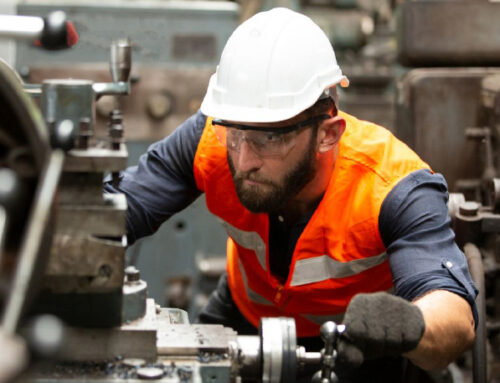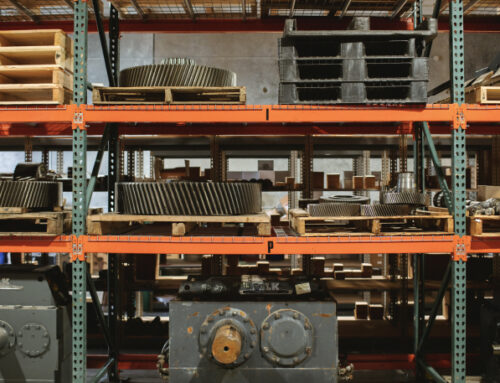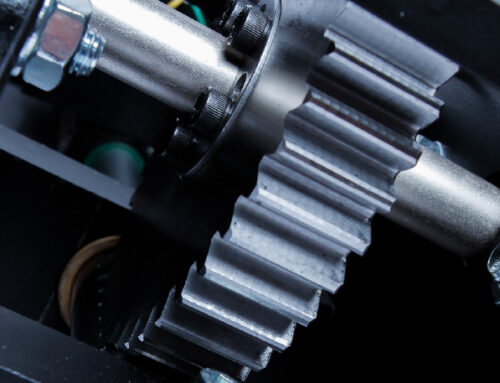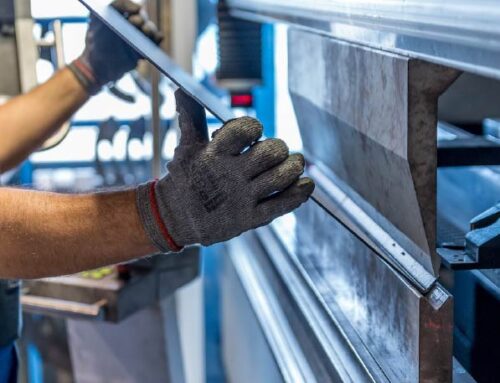Mechanical power transmission is a crucial component in a wide range of engineering systems and machines. A Falk gearbox addresses those needs by offering speed and torque control to match an application’s output requirements. In turn, selecting the right gearbox is crucial for achieving specific performance and efficiency goals for any job site.
As gearbox motor suppliers, we aim to help our customers find the perfect gearbox matching the application. That’s why we asked our Falk repair team and technicians to offer advice that reduces confusion while enhancing your knowledge of our topic.
The Different Types of Gearboxes
Falk manufactures several gearboxes in a wealth of configurations, sizes, specs, and angles. As a result, it’s helpful to familiarize yourself with the following options to improve your understanding:
- Concentric Gearboxes: These place the high-speed and low-speed shafts on the same horizontal and vertical plane, allowing the arrangement of multiple speed reducers within one industrial machine. You’ll find these at mining sites, where speed reduction or torque amplification without needing to change the shaft’s orientation.
- Parallel Gearboxes: This gear set transmits power and torque through parallel shafts for more speed control or power reduction, often found on conveyor belts, fuel pumps, automotive parts, and other applications.
- Right-angle Gearboxes: This configuration is at a 90-degree angle, perfect for minimizing bending during extensive drive use or if you need a gearbox for a smaller space, such as the oil and gas industry.
- Shaft-Mount Gear Drives: This speed reducer is unique in that it can be directly mounted onto a drive shaft, eliminating the need for additional components or support structures. It is often found on wind turbines and applied to other power and energy solutions.
6 Key Performance Considerations When Selecting a Gearbox
We know that selecting the right gearbox can be challenging. Review the considerations below—and our extensive Falk inventory—to make the decision easier.
1) Operating Speed & Torque
The foremost consideration is the speed and torque required for the application the gearbox supports. Remember, higher gear ratios reduce speed while increasing torque transmitted, whereas lower gear ratios have the opposite effect. What’s more, a speed reducer must also provide the rotational outputs to power the equipment appropriately. We recommend speaking with a Falk specialist and describing the application it’s used for to find the matching gear drive.
2) Efficiency & Power Loss
Gearbox efficiency directly impacts system energy consumption and operating costs. We recommend Falk because their speed reducers deliver world-class designs and use the best components to minimize losses from gear friction to improve overall efficiency.
3) Load Carrying Capacity
The expected load cycles and maximum loads in the application must meet the standards set by the gearbox manufacturer. If the capacity is consistently exceeded, overloading the gearbox can lead to excessive wear, pitting damage, and eventual breakdown. And while fitting to the motor could be easier, sizing to the load ensures a more cost-effective and application-specific solution while increasing efficiency.
4) Environmental Factors
The operating environment can also influence which speed reducer you choose. Gearboxes in extreme heat or cold may require special materials and lubricants. Exposure to moisture, corrosive agents, or airborne particulates also impacts material selection. Falk gearboxes only require preventative maintenance to mitigate the impact of environmental vulnerabilities like particles and different elements.
5) Precision & Control
Specific applications demand high precision in positioning, velocity control, or synchronization, which is why we depend on Falk products. And keep in mind that specific gear drives provide precise incremental motion for automation systems. The backlash, torsional stiffness, concentricity, and accuracy ratings help determine suitability with precision, all of which Falk delivers in spades.
6) Mounting & Spatial Needs
Different housing styles and space constraints may limit options. Standard mounting configurations include top, side, and bottom arrangements using feet or flanges. The location of the motor will dictate which type of industrial gearbox will fit within the machine. For example, marine equipment will likely have different spatial constraints near the motor than wind turbines, as is with chemical refineries as well.
NW Industrial Sales LLC: Your Trusted Surplus Gearbox Supplier
We see using the appropriate gearbox as a sound investment that pays dividends over years of service by offering longevity and optimal power transition fit to the application. Still, we know choosing the right industrial gearbox takes experience.
With over 75 years of combined expertise serving industrial businesses with Falk repair services and their inventory needs, we know how to find a specific part for a particular application.
If you need additional help finding the speed reducer for your industrial needs, contact us online or call us directly at 503-468-0454 to learn more.
